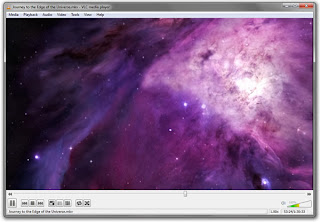
YouTube videos are about to get longer. The company says it is lifting the 15-minute limit on uploaded videos, beginning with a subset of users. These individuals have never violated copyright rules and have followed YouTube's community guidelines. Some content owners that partner with YouTube have already been able to upload longer videos but this step will remove the limit for everyone.
The change will allow YouTube to host videos such as lectures by college professors, talks at conferences, and films by independent filmmakers without breaking them up into multiple parts. It could also mean uploading longer copyrighted material, but YouTube says it is changing its limit now because its system for handling copyright violations is better than ever.
"As long as it's your original content, its fair game regardless of length," a YouTube spokesperson said in a statement. "This launch has been made possible in part by the continued advances in our state-of-the-art Content ID system, as well as our other powerful tools for copyright owners. Over 1000 global partners use Content ID to manage their content on YouTube, including every major U.S. movie studio and music label. We remain as dedicated as ever to building and improving the most sophisticated technology in the world to help copyright owners protect their rights."
YouTube currently has 35 hours uploaded every minute. Expect that number to grow even faster as the 15 minute limit is slowly removed.
















































